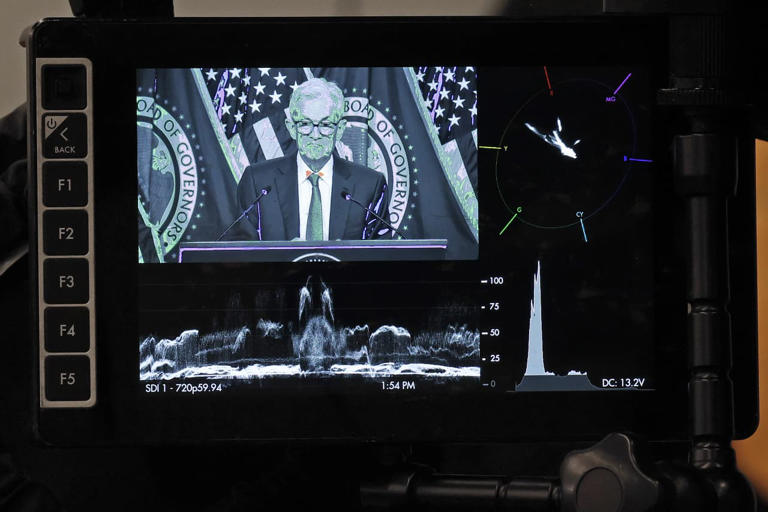The Federal Reserve’s decision to maintain interest rates at current levels has emerged as a pivotal factor shaping the trajectory of the stock market, offering investors a welcome respite amidst economic uncertainties. This prolonged period of rate stability has proven to be a boon for equities, with the S&P 500 index surging by over 13% since the Fed’s last rate hike on July 26th. As traders anticipate upcoming Federal Reserve meetings, the prevailing sentiment points towards a cautious approach, with minimal expectations for a rate cut in the near term and a growing likelihood of easing later in the year, potentially in September.
The historical performance of stocks during extended pauses in interest rate hikes provides compelling insights. Notably, the longest pause in recent memory, lasting 446 days from 2006 to 2007, preceded a remarkable 22.1% gain in the S&P 500 index. Despite lingering concerns about the impending financial crisis during that period, the prevailing wisdom suggests that prolonged periods of steady interest rates have not necessarily foreshadowed economic or market downturns.
This observation gains further credence from a comprehensive analysis conducted by LPL Research, which underscores the positive correlation between extended Federal Reserve pauses and stock market performance. Over the past six pauses, averaging 240 days each, the S&P 500 index recorded notable gains, with sectors sensitive to interest rates, such as financials, energy, industrials, and materials, outperforming the broader market.
Contrary to conventional expectations that advocate for lower borrowing costs as a catalyst for market buoyancy, the current market sentiment challenges this narrative. Analysts contend that with the unemployment rate hovering at historically low levels, the Federal Reserve may not be compelled to hastily implement rate cuts in response to economic weakness. Instead, the prevailing consensus suggests that the economy’s resilience, coupled with a gradual easing of inflationary pressures, renders a prolonged period of rate stability conducive to sustained market gains.
Market strategists echo this sentiment, viewing the Federal Reserve as a stabilizing force for the market. In the absence of imminent signals necessitating swift rate adjustments, the central bank is poised to adopt a measured and deliberate approach to monetary policy. This tempered outlook is underpinned by the belief that the economy remains robust, with corporate profits continuing to exhibit healthy growth trajectories, particularly within sectors like technology and communications services.
As investors navigate market volatility, they are encouraged to adopt a proactive stance, seizing opportunities presented by temporary downturns. Against a backdrop of anticipated economic expansion and moderate adjustments to interest rates, market participants are advised to maintain a cautious yet optimistic outlook. The prevailing sentiment suggests a likelihood of a soft landing scenario for the economy, underscoring the resilience of the market amidst evolving macroeconomic dynamics.
